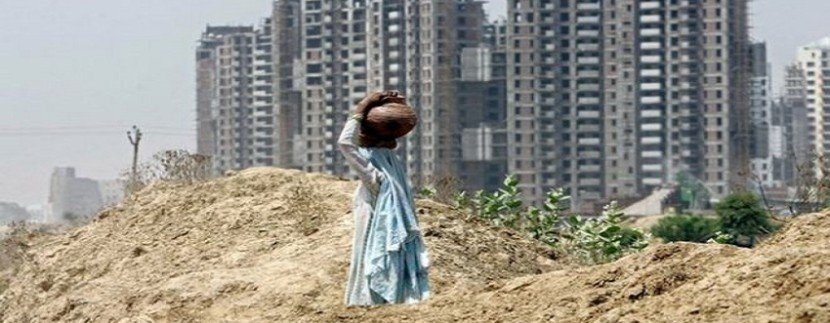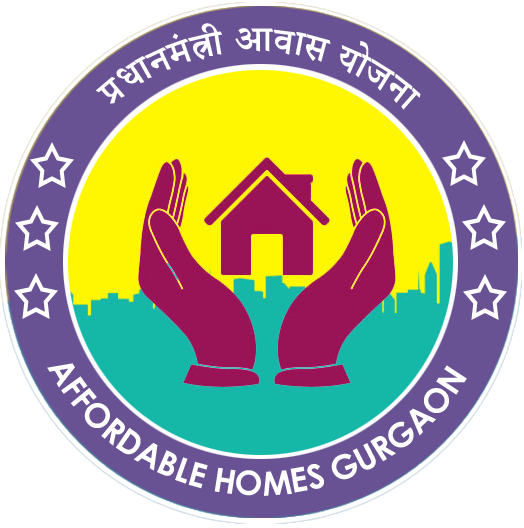Why are more than 10 million homes vacant in India?

If you travel through the suburbs of the Indian capital, Delhi, you will see miles and miles of built homes with nobody living in them.
In fact, Anshuman Magazine, chairman and managing director of property consultancy firm CBRE South Asia, said in a recent article that “around 12 million completed houses” were “lying vacant across urban India”.
A similar point is made by Akhilesh Tilotia in his book The Making of India – Gamechanging Transitions, where he states that India has more homes than households or families.
He writes that India’s households increased by 60 million – from 187 million to 247 million – between 2001 and 2011. The number of houses went up by 81 million – from 250 million to 331 million – over the same period. In urban areas, there were 38 million new homes for 24 million new households.
And despite this, there is a huge shortage of housing in urban India. The latest official Economic Survey says there is a shortage of nearly 20 million homes in India.
So what is happening?
‘Black money’
Many of these homes have been bought as investments by people who have “extra” money to invest.
A substantial portion – no one knows how much – of this is black money on which taxes haven’t been paid. Hence, homes have been bought but nobody is living in them.
Further, most builders like catering only to the affluent population in India and home prices have gone beyond the reach of many of them too.
But the shortage in housing mainly hurts people at the lower income levels. A total of “95.6% [of housing shortage] is in economically weaker sections/ low income group segments”, the Economic Survey points out.
Mr Tilotia estimates that the demands of people who can afford to pay between 500,000 ($7,817; £5,055) and 1m rupees ($15,661; (£10,116) for a home are largely unmet by the builders.
A recent report by real estate rating and research firm Liases Foras points out that the average price of a home in the Mumbai Metropolitan Region, as of March, was 13m rupees ($203,602; £131,512).
The average price of a home in Bangalore and Delhi are 8.6m ($134,690; £87,000) and 7.4m rupees ($115,897; £74,860) respectively.
Given these high prices, it is not surprising that the housing demands of a large section of people are going unmet.
Slum population
Hence, it is not surprising that as per the 2011 Census, 13.7 million households in Indian cities live in slums.
The number of people living in these slums is around 65 million and forms around 17.4% of the urban population.
Other estimates put the slum population living in Indian cities at a much higher level.
A 2012 report quotes S Parasuraman, director of the Tata Institute of Social Sciences in Mumbai, as saying: “Nearly 60% of Mumbai’s slum population lives in 8% of land.”
So what is the way out of this?
The government needs to start doing something about it sooner rather than later.
Maybe it can learn a thing or two from South Korea, which in the late 1980s built around 2 million homes of which around 0.9 million were built around the capital city of Seoul, as Mr Tilotia points out.
In order to do this, the government will have to first and foremost sort out the mess over acquiring land in the country.
Further, these homes will have to be built on the periphery of cities, backed up by a good transportation system, so that people can travel to work.
If all this is not done there will be more trouble ahead as more and more of India’s population moves to its cities in the years to come.
As the Economic Survey points out: “Nearly 30% of the country’s population lives in cities and urban areas and this figure is projected to reach 50% in 2030.”
What this means is that if affordable housing doesn’t become the order of the day, slums will continue to thrive in India. And that is not a happy thought.
